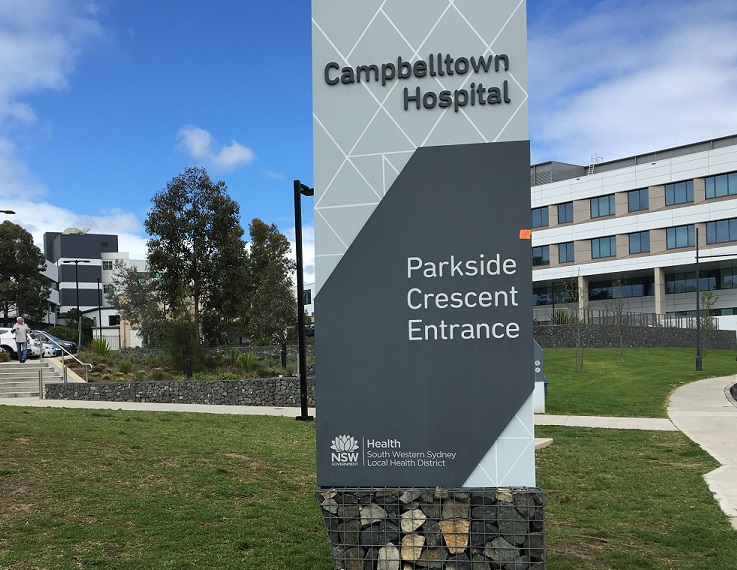
Some of the nation’s busiest hospitals – including Liverpool and Campbelltown – will be treating thousands more patients from the comfort of their own home rather than a hospital bed, relieving pressure from their busy emergency departments.
The NSW Government is investing $31.4 million to expand the capacity of the Hospital in the Home program (HITH).
HITH reduces a patient’s length of stay in hospital, with people discharged early, where clinically appropriate, to continue to receive care in their home.
In some instances, patients can avoid coming to the hospital altogether.
It can be revealed that some 5,300 patients have been treated through this service over the past year.
The NSW Government’s ramping up of the service will see it expand to an additional 3,500 patients a year- which could release almost 9,000 hospital bed days annually.
The NSW Government will ramp up staff as well as roll out virtual care infrastructure to support the scaling up of this service.
The improvement and increased adoption of virtual care technology allows hospitals and health staff to conduct videoconferencing as well as remote patient monitoring.
NSW Health will also increase the eligibility of patients to use HITH, to allow more of them to be cared for safely at home.
A range of clinical conditions can be effectively and safely managed without a person needing to stay in hospital.
These include many cases of cellulitis, pneumonia, deep vein thrombosis, chronic obstructive pulmonary disease, and urinary tract infections.
To access a local HITH program, patients should speak to their doctor about whether their condition can be treated at home.
Treating thousands more people from the comfort of their own home is part of a range of measures the Minns Labor Government says it’s embracing to relieve pressure on busy emergency departments, including:
$171.4 million to introduce three additional virtual care services helping 180,000 avoid a trip to the ED;
$100 million in urgent care services to become a mainstay and key instrument of the health system in providing a pathway to care outside of hospitals preventing more than 114,000 ED presentations;
$70 million to expand emergency department short stay units to improve patient flow to reduce ED wait times by nearly 80,000 hours;
$15.1 million for an Ambulance Matrix that provides real time hospital data to enable paramedics to transport patients to emergency departments with greater capacity and reducing wait times;
$53.9 million to improve patient flow and support discharge planning by identifying patients early on that are suitable to be discharged home with the appropriate supports in place;
Empowering pharmacists to consult and provide medications for an extended range of health conditions.
Member for Campbelltown Greg Warren says that Campbelltown Hospital is under pressure and the increased funding into the Hospital in the Home program will play a crucial role in relieving some of that pressure.
“The Hospital in the Home program has had proven successes in helping patients recover from the comfort of their own homes,’’ Mr Warren said.
“I welcome the increased funding to this program, which will reduce wait times in our emergency department, and improve patient flow in our hospital.”
